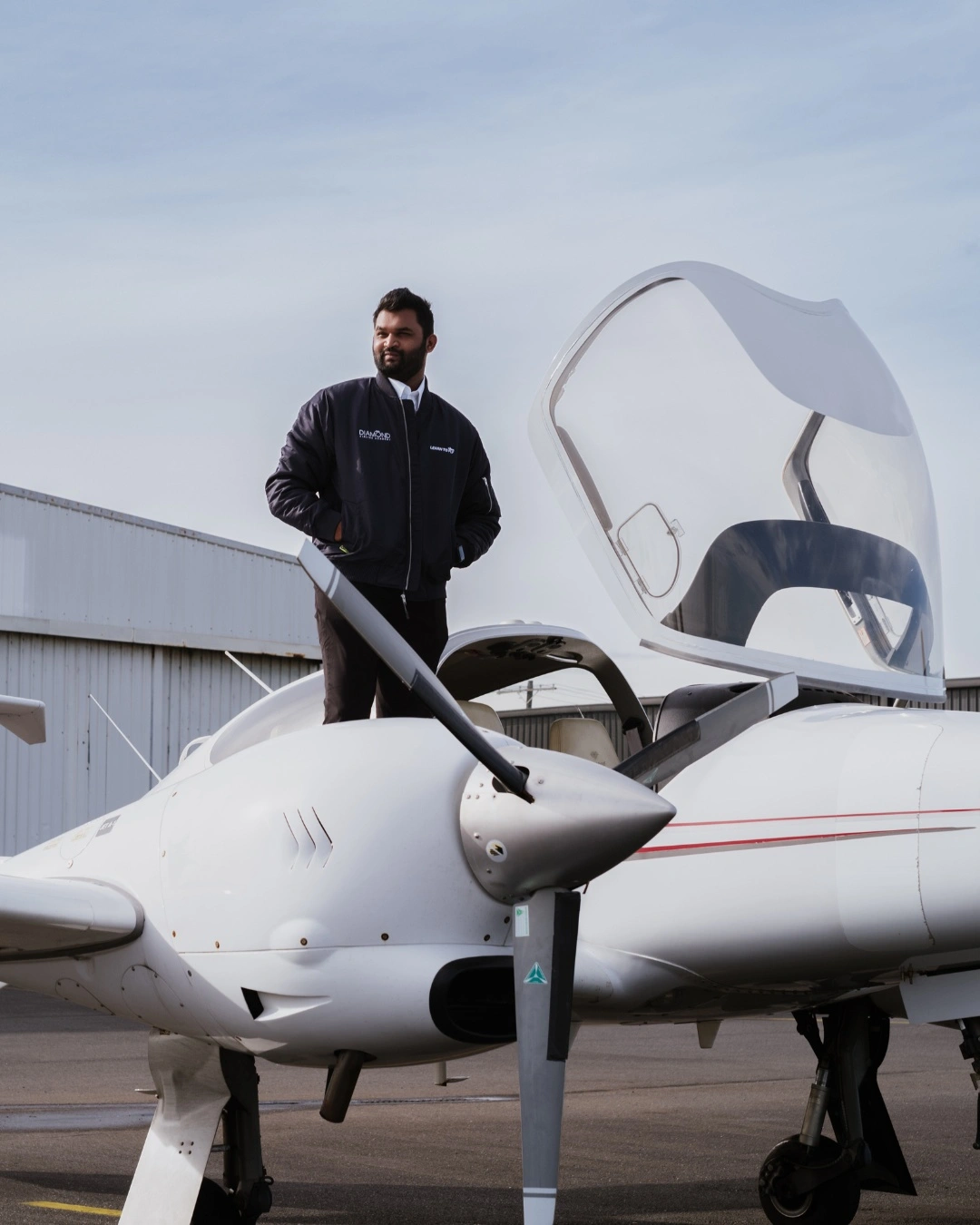
July 26, 2023
Advancing Your Flight Skills: A Guide to Multi-Engine Training
‘Advancing Your Flight Skills: A Guide to Multi-Engine Training’ is for pilots wanting to expand their skills. You will be able to take on more complex aircraft; multi-engine flight training is the next step. Multi-engine aircraft have two or more engines. This added complexity requires specialized training to ensure the safety and proficiency of the pilot.
Multi-Engine Rating: A Whole New Aviation World
The multi-engine training path opens up a whole new range of opportunities in aviation. These skills are an essential requirement for a commercial pilot licence. Additionally, there are other benefits, such as engine redundancy and travel capability.
To start multi-engine training, you’ll need to have your Private Pilot Licence (PPL) or Commercial Pilot Licence (CPL).
Multi-Engine Training – The First Step
The first step in multi-engine flight training is ground school. Here, students will learn the basic principles of multi-engine aircraft systems. This engine operation, systems, and emergency procedures. From there, students will move on to flight training in a multi-engine aircraft. This starts with basic maneuvers and gradually works up to more advanced techniques.
Principles and Techniques
An important aspect of multi-engine flight training is mastering the art of engine management. This involves learning how to operate and maintain the engines, including starting, stopping and running checks. Additionally, you’ll need to manage the effects of engine failure and learn how to respond.
Another key aspect of multi-engine flight training is mastering the systems of the aircraft. These are systems such as the electrical, fuel, and pressurization systems. These systems are critical to the safe operation of the aircraft. This means that understanding how they work is essential for maintaining control of the aircraft in different flight conditions.
The Multi-Engine Training Journey
As you progress through your multi-engine flight training, you will have the opportunity to take advanced courses. This means you can earn additional certifications, such as instructor ratings. These certifications open up a wide range of career opportunities for you. It could be flying for a major airline or working as a charter or corporate pilot.
Multi-Engine Training Challenges
Multi-engine flight training is not without its challenges. It requires a significant investment of time, money, and dedication. Additionally, there is added complexity when compared to a single-engine aircraft. This is because you need to monitor and control multiple engines and be familiar with the different systems. If you are passionate about flying, the rewards of multi-engine training are worth the effort!
What Else Should I Know?
The next step is to download the Multi-Engine Class Rating Course Guide. This has all the fundamental information you’ll need. Once you’ve read this information, get in touch with Learn To Fly Melbourne or fill out the enrolment form.
6 Reasons Private Pilots Should Get Multi-Engine Flight Training
Why private pilots should go for other endorsements and add-on ratings like instrument flight and multi-engine flight training.
- Aviation Schools in Melbourne: Why Learn to Fly is Your Best Bet
The aviation school you choose will make a big difference to your aviation journey. Here’s why you should learn with the best! - Instrument Flight Rules (IFR) versus Visual Flight Rules (VFR) – What is the Difference?
If you have researched flying, you have likely heard the terms Instrument Flight Rules and Visual Flight Rules. Or possibly their abbreviations – IFR and VFR. Let’s look at what they mean, and what are the differences?
Learn To Fly: Flight Training Courses For Every Pilot
We have every aviation course you need, including recreational or commercial. This post discusses the pathways and career options for pilots operating in Australia.
Training Beyond The Private Pilot Licence (PPL)
After completing your Private Pilot Licence you might wonder, “what’s next?” As strange as it may sound, many pilots are still keen to do more training after achieving their initial goals. Realistically, if you want to fly regularly or as a job, learning is ongoing. Let’s take a look at training beyond the Private Pilot Licence.
How To Get The Most Out Of Your Pilot Licence
This post will help you get the most out of your pilot licence in easy steps.
Chat to one of our flight training specialists to get your pilot training off the ground. Email [email protected] or go to https://drift.me/learntofly/meeting to book a meeting and school tour.









